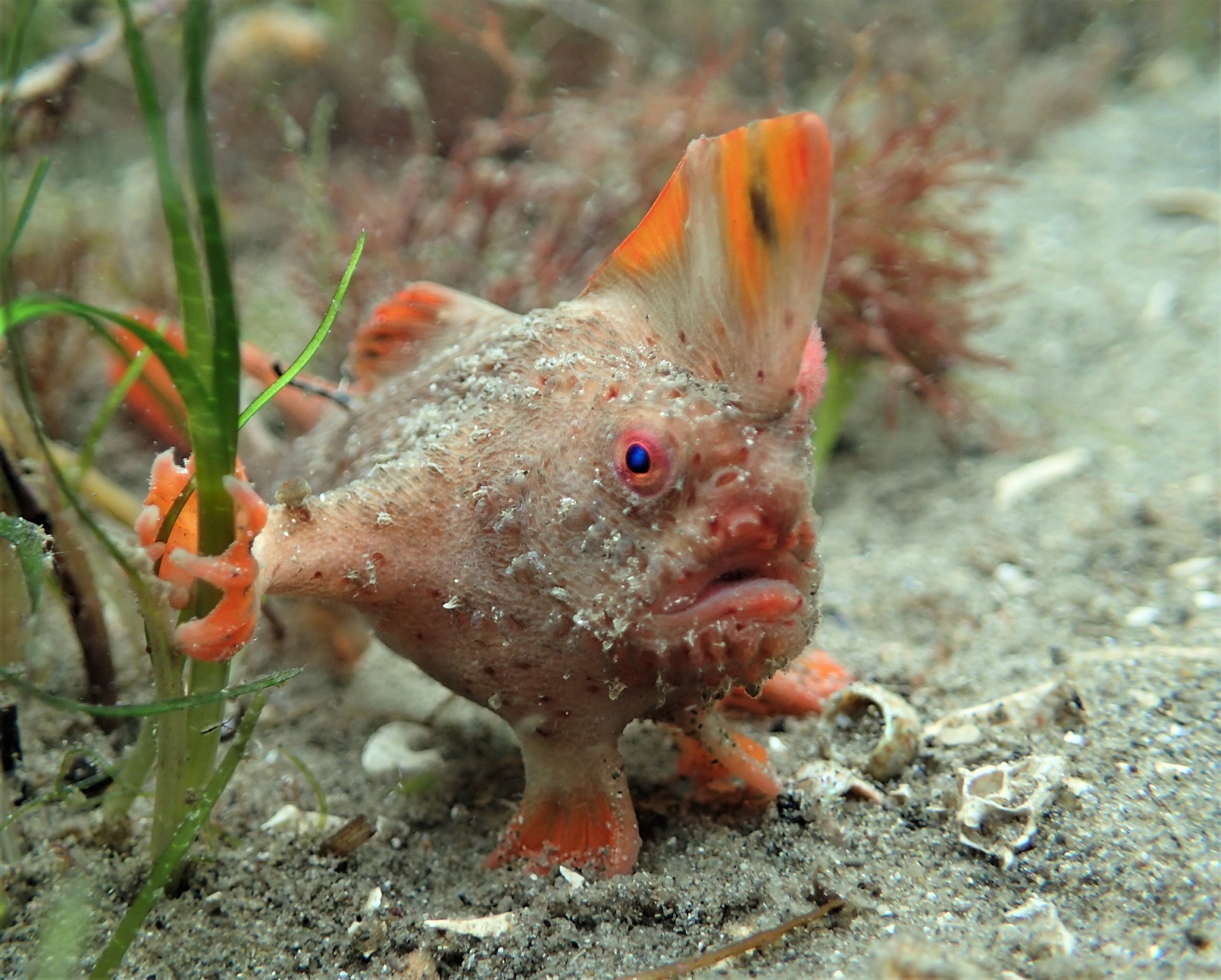Human activities and a changing climate are putting species and ecosystems under pressure. In Antarctica, marine predators are on thin ice. In Tasmania, many marine species and habitats are found nowhere else on earth. And for many, there is nowhere else to go...

A new exhibition at the Institute for Marine and Antarctic Studies (IMAS) gallery in Hobart has turned the spotlight on marine life under pressure, and the dedicated scientists who are working to protect and restore these species and ecosystems in Tasmania and beyond.
"Tasmanian waters are home to an incredible diversity of marine life, and because many species that live here are found nowhere else on the planet, this is an area of global significance for conservation," said marine ecologist Dr Jemina Stuart-Smith, who co-leads the Threatened Species and Ecosystems team at IMAS.
"Many are endemic to Tasmania, and they're also restricted in their distribution because they can't move on to new places. This has created a hotspot for threatened species in Tasmania – and our warming waters are making their fight for survival even harder."
IMAS marine ecologist and team co-leader, Associate Professor Neville Barrett, said many marine species in Tasmania are already living at the southernmost edge of their range.

"They can't adapt fast enough to survive here, and the next stop is the Southern Ocean, so moving further south is not an option for them," he said.
"As scientists, we are dedicated to making every effort to protect and restore threatened marine species and ecological communities in Tasmania and beyond – ecological communities like giant kelp forests and species like Red handfish, Maugean skate and Shy albatross.
"We want people to walk away from our exhibition, knowing about and determined to help turn the tide for these species and ecological communities under pressure – and for all our precious marine life."

The exhibition was created with funding from the Australian Government under the National Environmental Science Program (NESP) Marine and Coastal Hub, and the University of Tasmania's Institute for Marine and Antarctic Studies.
"Our program fosters research partnerships that deliver practical outcomes for Australia's marine and coastal environment and communities," said Marine and Coastal Hub southern node leader, Dr Alan Jordan.
"The hub supports research on a range of threatened marine species and ecological communities, including projects looking at ways to improve marine and coastal habitat restoration.
"We are pleased to have helped fund this important exhibition, because it really showcases the exceptional conservation work being done in this space."
Exhibition opening hours, group bookings and more are available here.

Cover image: Maugean skate
Photo: Mark Priest






